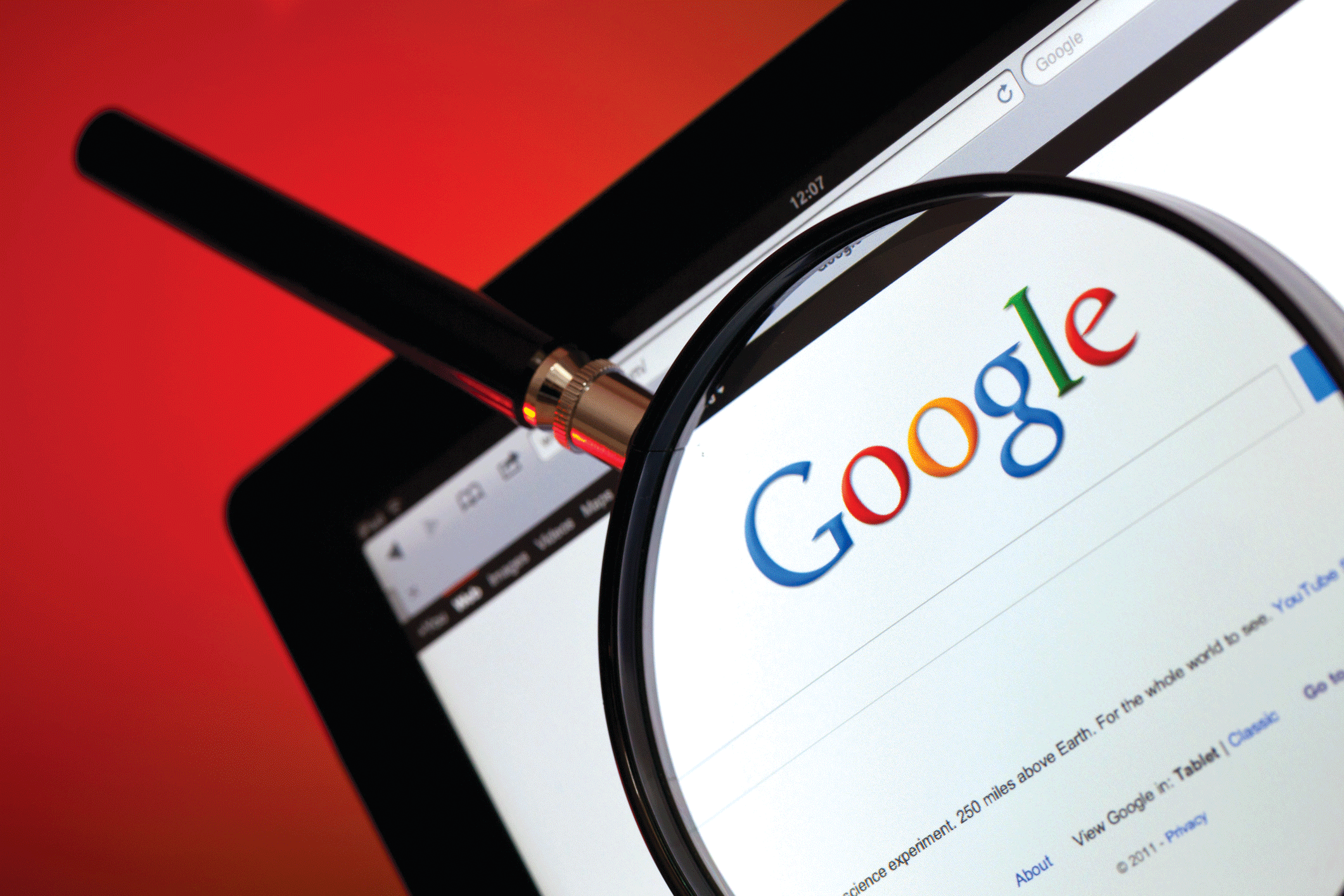Mr Justice Warby’s judgment in the celebrated ‘right to be forgotten’ case against Google is a first-class read. Partly for the comprehensive overview of the legal framework, which sweeps majestically over developments from the European Convention on Human Rights to the General Data Protection Regulation, via the Rehabilitation of Offenders Act, the Lords’ ruling in Naomi Campbell’s privacy case, and a good deal more.
Of course you would expect the presiding judge of the Media and Communications List to know that stuff. A less expected treat is Warby’s approach to anonymisation. Obviously identifying the claimant parties would defeat the point of a privacy action, so the public judgment and citation identifies them as NT1 and NT2. Each had dealings with a number of businesses, which are identified by the phonetic alphabet, from Alpha Ltd to XRay plc.
So far, so safe. Warby’s creative streak comes in when he has to pseudonymise a succession of the NTs’ former colleagues. We learn that in the 1980s, NT1 met a Mr Steinbeck while Mr Fitzgerald was the marketing and sales director. We later meet a Mr Twain, who is ‘a former bankrupt’. NT2, meanwhile, apparently had dealings with a Mr Heller, a Mr Wolfe and a Mr Roth. You get the picture.
Obiter wonders what other collections will emerge from Warby’s bookshelves as jurisprudence around the right to privacy evolves.
































1 Reader's comment